Changing the way you prepare food either for yourself or for your family can be challenging. It has been hard for me at times not to get bored with the way I make my keto meals, especially when I try very hard to keep carbs low.
There are, however, loads of great keto sites and ebooks that offer recipes to guide you through the preparation of tasty keto meals that would happily grace any table. There are essential recipes to help you along your way. It doesn’t need to be complicated to get started.
The foods we eat on keto make life pretty easy compared to eating carb-laden foods that make you hungry again in a couple of hours. I love eating keto, especially the cuts of meat that have delicious fat attached to them. I never, ever, cut the fat off as it is a vital element to turning your weight around.
As explained by Robin Hamilton: “When we start keto, we usually stick to the same keto supplements and foods all the time until boredom kicks in and we go looking for other foods to excite our pallet.”
That usually leads to letting higher carb foods back in, and we go back to watching our weight creep up again. There are simply loads of foods that you can keep in your keto arsenal to keep you interested in staying on track with your health plan.
Here is a list of foods that you can use as a reference when you can’t think of what to use in your cooking or need to change up your menus!
Contents
Protein List
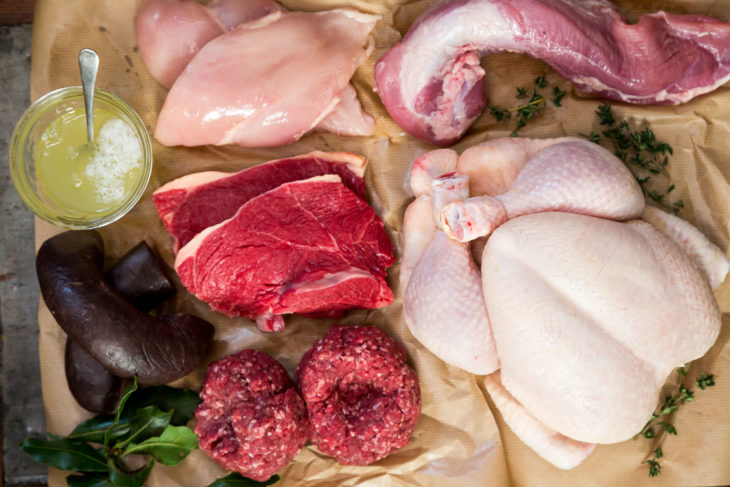
Source: thepremiumbutcher
- Beef
- Pork
- Pork bones for stock
- Chicken
- Chicken Frames for stock
- Uncured Bacon (preferably not cured with sugar hard to source)
- Minced meats
- Turkey
- Bones containing marrow for beef broth
- Lamb
Deli meats are high in preservatives like salt and hidden sugars, so they are best avoided as you would avoid anything processed.
Grass-fed protein is simply so much better for you. It is generally more expensive but worth the investment. Not only is it better for weight loss results but better health outcomes in general.
REMEMBER – All the money you save at the store by not buying all that processed rubbish.
Seafood List
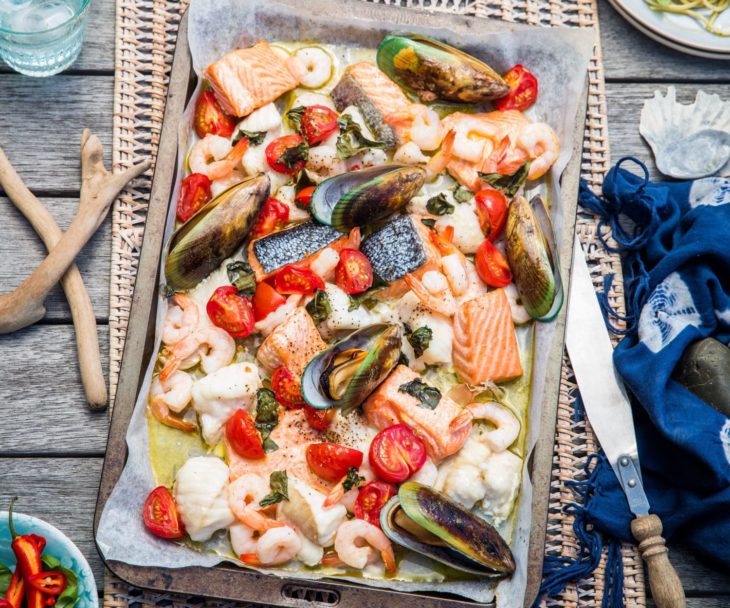
Source: tengallonhatwinery
Try to buy the freshest wild-caught seafood that you can find:
- Prawns
- Salmon fillets
- Sushi salmon
- Scallops
- Crab
- Lobster
- Fish fillets, Mackerel is delicious and super nutritious. Go for the oily fish first.
- Canned salmon
- Canned tuna in water or olive oil
- Fresh tuna fillets
Dairy List
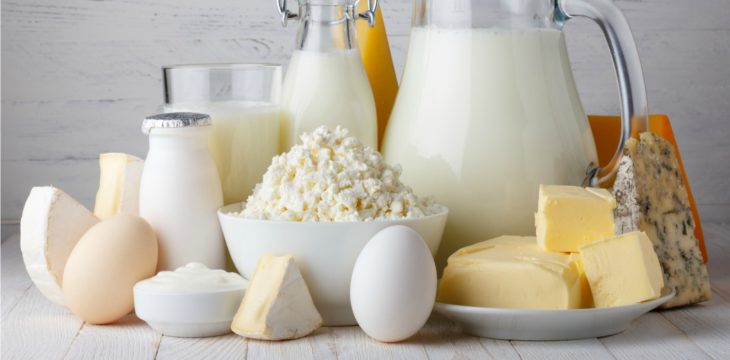
Source: international
- Eggs
- Cream, thickened and double fat
- Sour cream
- Tasty and other hard cheeses (grass-fed)
- Brie & Camembert (use sparingly as a treat)
- Grass-fed butter
Low Carb Vegetables

Source: a-healthy-body
- Avocados (technically a fruit but excellent source of plant-based fat)
- Cauliflower
- Broccoli
- Zucchini
- Baby squash
- Rocket
- Iceberg lettuce
- Kale
- Onions & Garlic!
- Sprouts–alfalfa Carrots
- Brussell Sprouts
- Cauliflower
- Mushrooms
- Cucumbers
- Seaweed
- Nori
- lettuce
Nuts & Seeds
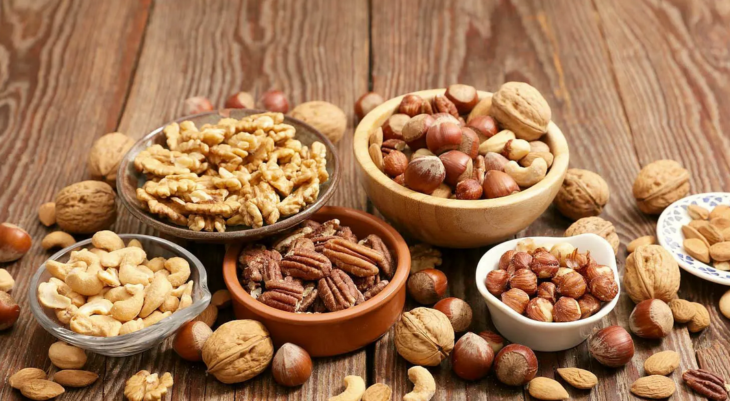
Source: sunwarrior
Any nuts and seeds should only be eaten in small quantities as they go off quickly and are also an easy way to ingest too many carbs in one go. Great for snacks, especially Macadamias.
- Macadamias
- Avoid peanuts as they are more susceptible to fungi (mold – spores).
- Sesame seeds
- Walnuts
- Cashews
- Chia seeds
- Almond butter (watch the carbs)
Pantry Items
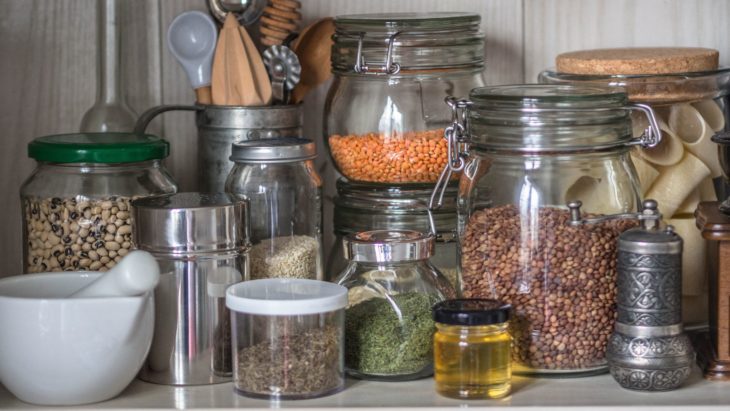
Source: theacmebox
- Mustard
- Curry powder
- Apple cider vinegar
- Balsamic
- Capers
- Horseradish
- Lemon & lime juice
- Tinned tomatoes (watch out for the extra sugars)
- Bottled olives
- Almond flour and Almond Meal
- Coconut flour
- Vanilla extract, lemon extract
- Soy sauce in minimal quantities
- Stevia (limit all artificial sweeteners as they are excellent at making you crave sweet foods)
- Salt & pepper
Herbs and Spices
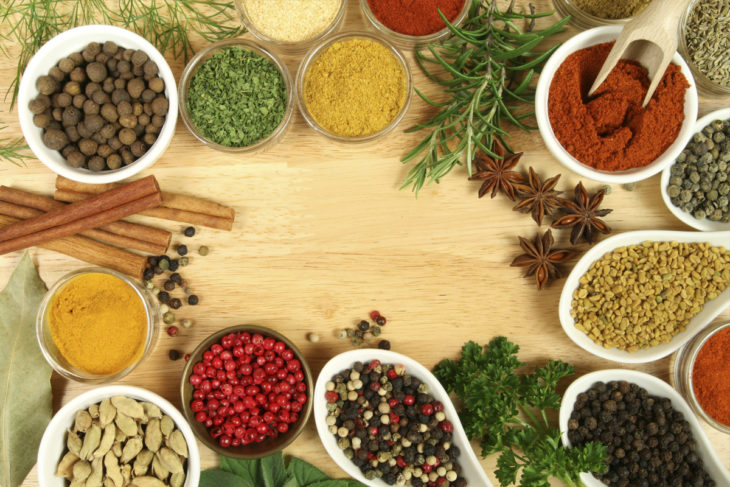
Source: howstuffworks
- Cumin & Coriander
- Tumeric
- Mustard
- Curry powder
- (make sure to count all spices – they may not seem to have many carbs but it all adds up)
- Chilli powder
- Curry Powder
Oils

Source: yogajournal
- Cold-pressed olive oil
- Coconut oil
- Flaxseed oil
- MCT oil
Keto isn’t hard, and it’s not a diet that has a start and end date. Sometimes getting started is the hardest part. I can help make it easier for you to start and stay on track.
Tip to Curb Your Low Carb Spending
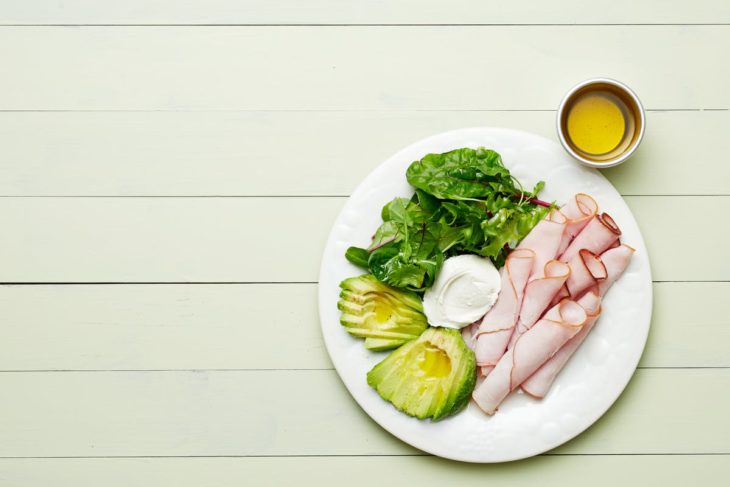
Source: dietdoctor
Is your budget out of control, thanks to your high protein and high-fat diet?
When I saw how much we were spending on food per month, I knew things had to change, but I didn’t want to sacrifice our low carb lifestyle.
After taking some drastic action, and in merely a month, we brought our cost of eating from $9 a day per person to just under $5 to lower it even further.
With these five tips, you can stock your freezer full of meat, stop throwing away uneaten, rotten food, and get the most out of your paycheck.
Buy low, buy big
Stock your freezer full of half-price goods by paying attention to the real worth of your favorite cuts of meat, dairy, and other keto products. As pointed out in this guide, start writing down sale prices so when, for example, you look at ground beef you know to buy in bulk if it’s $2.99/lb instead of the usual $5.49/lb.
You may have to spend more to start with and may have funny looks from the cashier when you unload 6 pounds of packaged Bacon onto the belt, but it will cost you less in the long run, and you will have a freezer full of a variety of food to choose. That, in turn, will lower the chances of impulse buys at the grocery store because you won’t have to visit as often.
Check Weekly Flyers
Sign up with your local grocery store websites to have flyers emailed to you every week and don’t dismiss stores that are usually more expensive. Some stores will have higher regular prices, but 2 or 3 of their specials each week can be some of the best. Yes, even Whole Foods, if you’re in the USA.
Plan your week’s meals around the specials, so you’re making the most of it.
Get to Know your Grocer
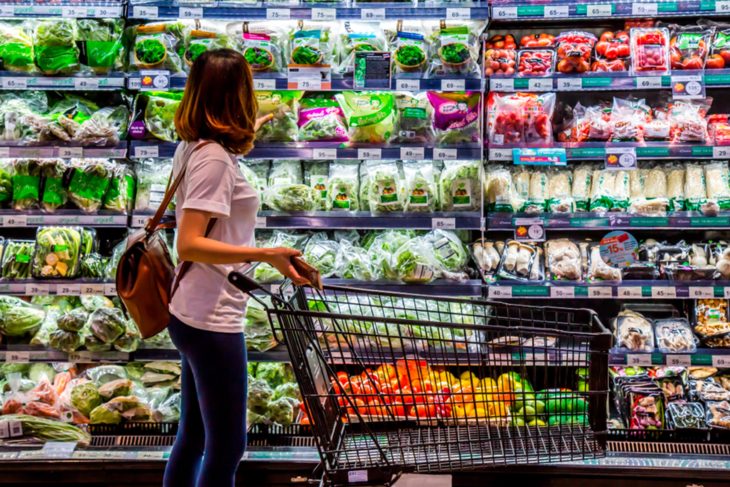
Source: rd
Building rapport with grocers means they may let you know when certain produce is about to skyrocket in price due to frost on the west coast, allowing you to stock up now, or they may tell you to hold off buying a product as it will be even cheaper tomorrow.
If you’re too busy or shy to chitchat, there is still one crucial tip to remember: These people are in customer service. They are there to help!
The same goes for cheese, produce, and practically any item on the shelf.
Know What Cuts of Meat to Buy
There are plenty of cuts to confuse you when it comes to meat, especially pork and beef. Loin, rib-eye, center-cut, round, top, bottom, skirt, rump, it gets a little overwhelming. If you’re buying beef, pork, or lamb, you can’t go wrong purchasing a roast and having the butcher cut the meat down for you.
If you’re as unfortunate as me and don’t have a decent butcher nearby, there are a few staples you can get your hands on at a fair price. Those are the following: 85% ground beef, beef sirloin or round steak, whole chicken, lamb shoulder chops, pork loin chops, and when it comes to fish, choose fillets over steaks as they generally run much cheaper.
Lastly, avoid buying cubed, frenched, pre-trimmed, or ready-to-cook marinated meat if you don’t use a butcher as they add a dollar (or a few) to the price.
Write a List and Stick to It
Use these tips to create a meal plan for the week and write a shopping list for everything you need.
Stick to the list, and you will eliminate impulse buys. Sometimes you may see an item at an excellent price, but in reality, it doesn’t fit in with what you’re cooking that week, or you may have enough of the thing at home already. If you find yourself tossing rotten produce from your fridge regularly, this strategy will help you the most.
I hope these tips will be proved useful.
